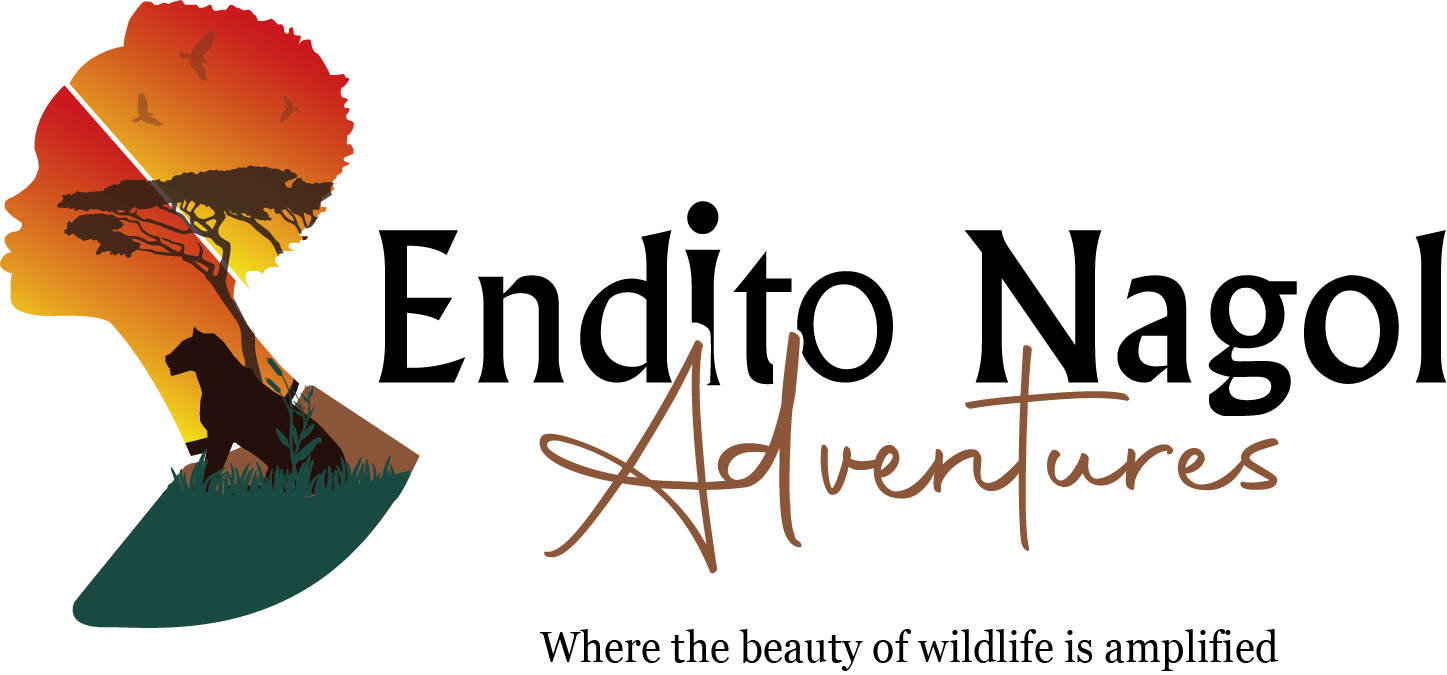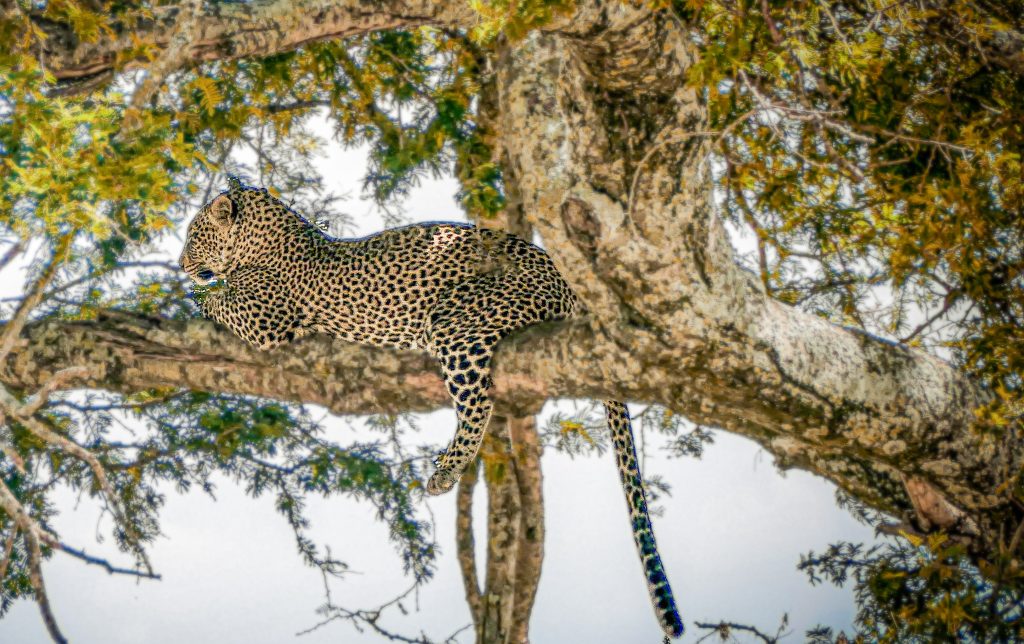Every year, in an extraordinary display of endurance and survival, more than a million wildebeests traverse the plains of East Africa, accompanied by zebras, gazelles, and other grazing herbivores. The wildebeest migration is one of the most impressive natural spectacles on the planet, showcasing an awe-inspiring display of life’s resilience. In this article, we will explore the captivating journey of joy that is the wildebeest migration.
Unveiling the Majesty: Understanding the Wildebeest Migration
The wildebeest migration is a yearly loop of about 1,800 miles carried out by approximately 1.5 million wildebeests. Included in this epic trek are around 200,000 zebras and 500,000 gazelles. This great migration starts in the Ngorongoro Conservation Area of the southern Serengeti in Tanzania and moves clockwise around the Serengeti-Masai Mara ecosystem. The main driver of this migration is the quest for fresh grazing lands and water, guided by the patterns of rainfall.
The wildebeests are not just wandering aimlessly; their journey is dictated by the seasons. Between January and March, during the calving season, half a million young wildebeests are born in the southern Serengeti. As the rains end and the grass starts to dry up, the herds begin their trek towards the northern plains and the Masai Mara in Kenya. In October, as the pastures in the north start to wither, the wildebeests, led by the zebras, make their way back to the replenished grazing lands of the southern Serengeti.
In their relentless pursuit of life, the wildebeests face numerous challenges. They have to cross crocodile-infested rivers and evade predators like lions and hyenas, who take advantage of the migration to hunt. Yet, despite these threats, the migration goes on, driven by an instinctive knowledge that life must continue.
Embracing the Spectacle: The Ecstatic Dance of the Wildebeests
The wildebeest migration, for all its perils, is an astonishing sight to behold, often likened to a ballet performed by nature. It’s not just the sheer number of wildebeests that is breathtaking, but also the rhythmic synchronicity of their movement. As they run across the plains, kick up dust, and leap over obstacles, there’s a sense of choreography, a dance of life that is as captivating as it is profound.
The mass river crossings are among the most dramatic moments of the migration. It’s a gripping drama as thousands of wildebeests gather nervously on the banks of the Mara River, waiting for the right moment to plunge into the dangerous waters. Once the first brave wildebeest takes the leap, others follow in a frantic rush, creating an incredible spectacle of survival and determination.
Another fascinating aspect of the wildebeest migration is the harmony between different species. Zebras, gazelles, and wildebeests all migrate together, each benefiting from the other. Wildebeests have excellent sense of hearing and smell but poor eyesight, while zebras have great vision but less acute smell. By migrating together, they complement each other’s senses and increase their collective chances of survival.
The wildebeest migration is a testament to the resilience and beauty of nature. Every year, this extraordinary journey offers a remarkable scene of life, survival, and adaptation. It’s a spectacle that truly embodies the wonder of the natural world. As you watch the wildebeests dance their way across the plains, overcoming obstacles with grace and tenacity, you can’t help but be moved by this awe-inspiring display of life in its purest form. Amidst the humdrum of our daily lives, the wildebeest migration serves as a reminder of the grandeur of our planet and the miracles that unfold on it every day.

